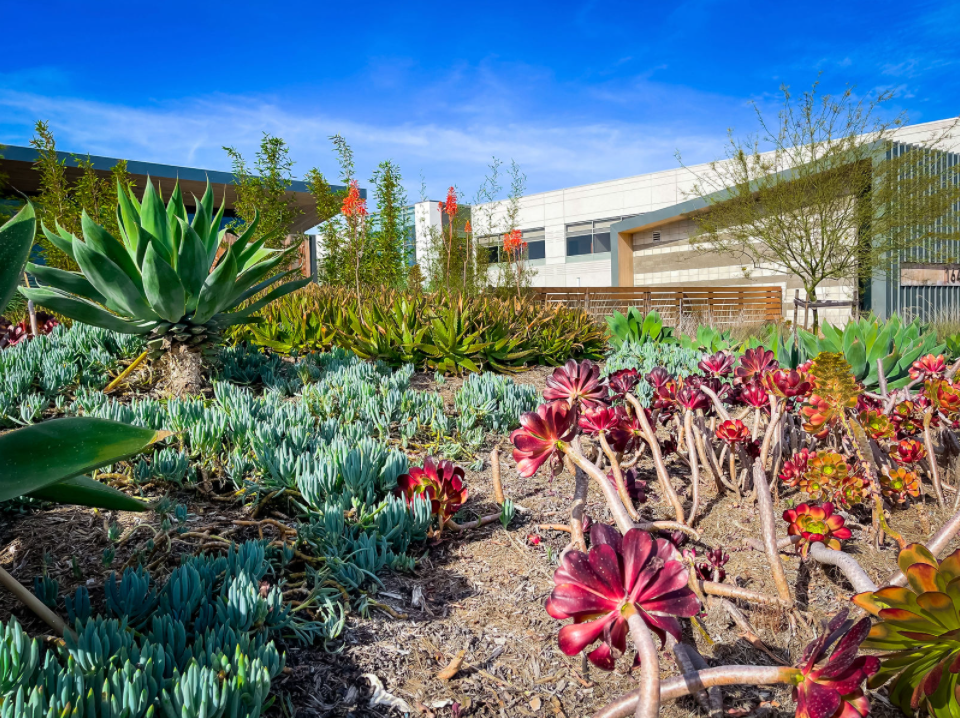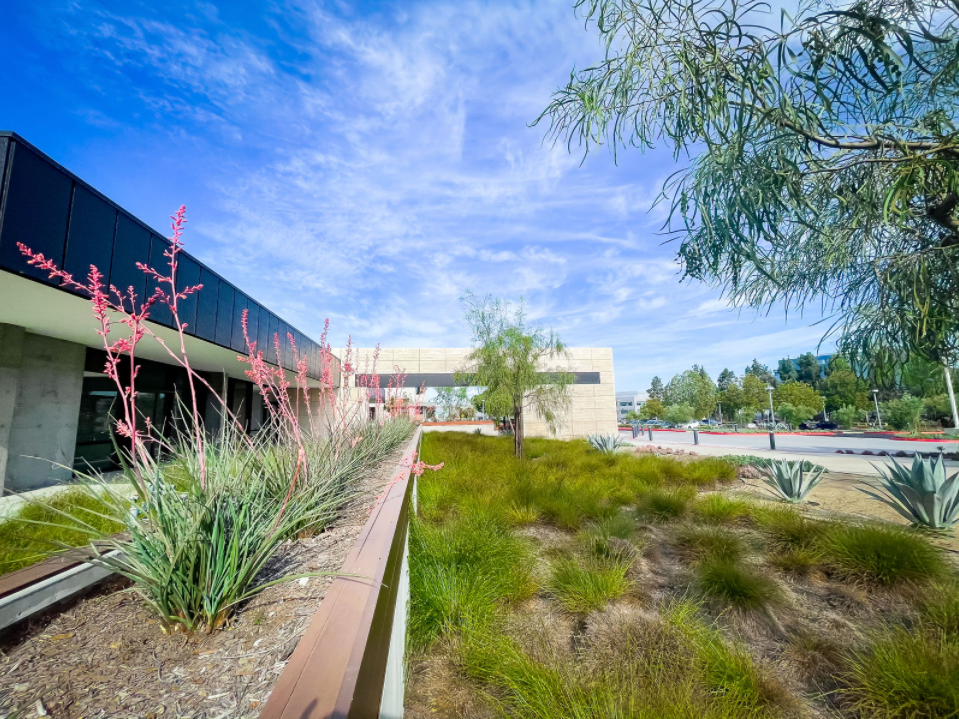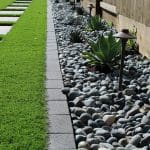
Water is a precious resource and in certain areas of the country, the push to preserve it by removing landscapes is becoming more prevalent. The good news is drought-tolerant landscaping can help conserve water without having to remove landscapes completely.
In drought-stricken regions, many counties are offering rebates and incentives to get rid of lawns. Expensive water bills are also driving customers to seek out methods to save money.
“I think people just want to be responsible and realize that things have changed from what landscapes we had 30, 40, 50 years ago,” says Marcus Argenta, president of Lawn Rangers, Inc., based in Albuquerque, New Mexico.
The main benefits of drought-tolerant landscaping are lower water usage and water bill savings as a result. It can also provide a space with lower maintenance needs and benefit local wildlife if the plant palette focuses on native plant material.
Common Mistakes
The problem with drought-tolerant landscaping is when well-intentioned individuals assume it means replacing all their turfgrass with gravel or artificial turf.
While rock gardens with cacti can be beautiful, don’t let your clients think a drought-tolerant landscape is limited to a barren space consisting of rock mulch and some spikey succulents. Also, being over-reliant on hardscape material like gravel can result in a heat island effect.
Artificial turf can also become overheated, requires regular irrigation to stay cool and does not sequester carbon like turfgrass.
Another misconception of drought-tolerant landscaping is when clients hear xeriscaping or low-water use, they assume it means the landscape requires no water or no maintenance.
“I see happening a lot is people xeriscape their yard and you’ve got these large trees that are still there, but they haven’t supplied them with any kind of water source,” Argenta says.
Improper plant selection or plant placement can be another common issue. Argenta advises looking at where water comes off the building and collects as well as which areas of the property are full-sun versus full-shade.
“If you don’t use the right plants in those places, then you’re putting a lot of water at the base of a xeriscape plant or native plant that you’re just going to kill it,” Argenta says.
Argenta says he’s also seen many people put a shade-tolerant plant in the front yard where it’s full sun with southern exposure or put a full-sun plant in north-facing shade.
Proper Xeriscape Design
Just like any other landscape design, Argenta says drought-tolerant landscapes start with finding out what your client wants and how they will use the space.

“For instance, their front yard, if we’re talking more residential use, they don’t do much in their front yard,” Argenta says. “So, it can be something that’s more of less maintenance. It doesn’t have to be aesthetically as important as their backyard where they might be entertaining.”
Once you have a good understanding of what the customer is looking for, then you can go about assessing the planting areas and which areas need turf and which can be converted into plant beds. Improving the soil with organic amendments and utilizing mulches can both help retain water and lower runoff.
Changing the irrigation system and layout can also help with drought-tolerant landscapes. Drip, bubbler, and micro-spray systems or soaker hoses are more appropriate for shrubs, trees and perennial plantings.
By grouping plants with similar water needs together, you can create hydrozones with varying levels of water use. Ideally, high-water usage plants should be limited to high visibility areas that make up 10 percent or less of the landscape. Moderate water use zones should make up 30 percent or less, while low water use zones should make up 60 percent of the landscape.
Low-water-use plants can be native varieties or other plants well adapted to the region’s climate. Argenta says in his area, it’s up to him to educate East Coast clients who have relocated and are expecting to have a similar-looking landscape in the desert.
“We have a responsibility as landscapers and as business owners, not just to provide a good outcome for what the client needs, but educating people, especially someone that’s not from here, to explain that sometimes in the winter, we might get snow four or five six times, and sometimes we’ll get none,” Argenta says.




